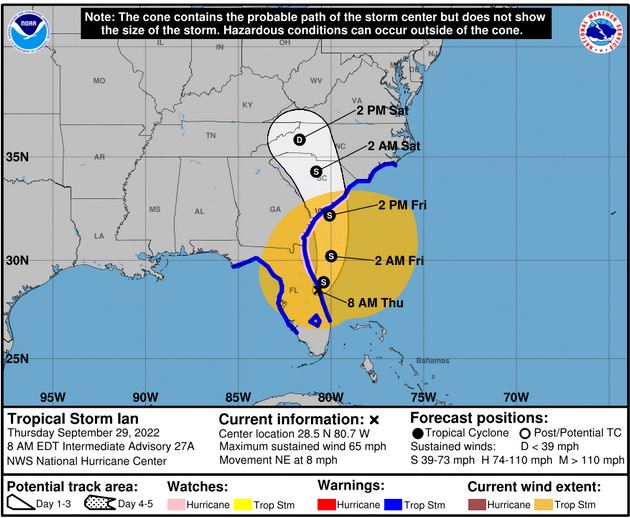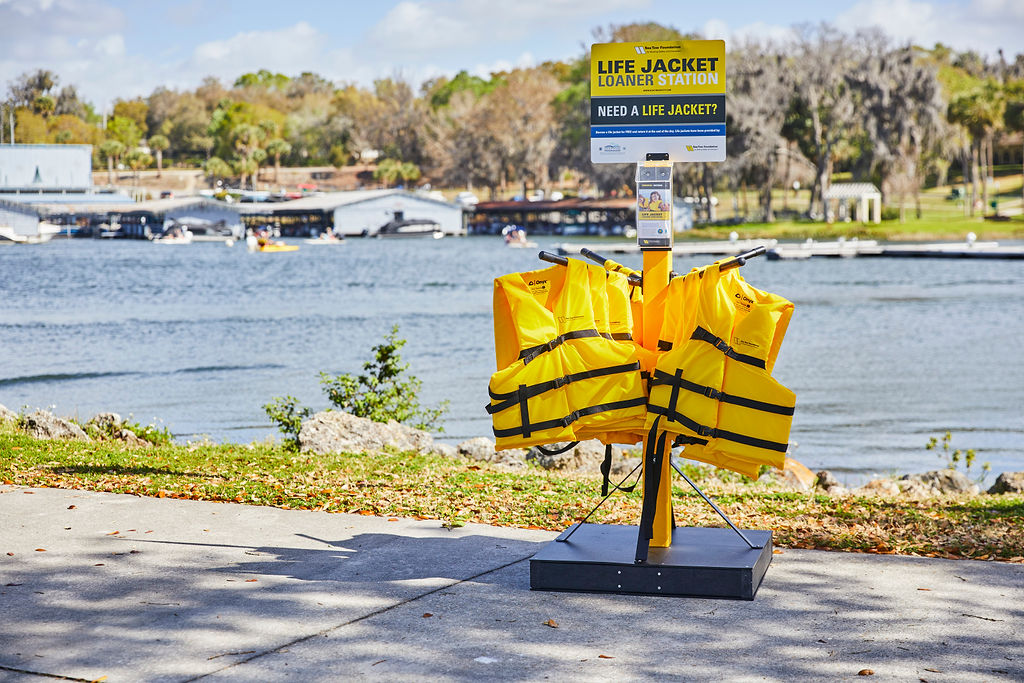BoatUS urges inland water boaters to prepare for Hurricane Ian

As Hurricane Ian made landfall in Florida, boaters on the coast made preparations to protect their boats from harm. Boat Owners Association of The United States (BoatUS) urges owners of recreational boats on inland waters to prepare.
“Hurricane preparation is no longer an issue just for coastal boaters,” said BoatUS vice president of Public Affairs Scott Croft. “2011’s Hurricane Irene showed us that storms can damage boats on freshwater lakes and rivers, or when stored in backyards, far from the coast.”
BoatUS offers some preparation tips that can help lessen the chance for boat damage or sinkings:
- If you keep your boat in a river or other waters prone to flooding, consider hauling the vessel ashore. Swift-moving flood waters can rip docks from their moorings and sink boats. High winds combined with even a relatively short fetch of water can pummel vessels left in a slip.
- If your boat must stay in the water, the goal is to shed water as quickly as possible. Ensure deck scuppers are clear of debris, such as leaves, and all hatches and doors are firmly closed. Double up on dock lines and add chafe protection. Remove windage such as biminis or sails.
- Whenever possible, boats on lifts should be stored ashore or moved to a safer location in the water. If the boat must be left on its lift, remove the drain plug so the weight of accumulated rainwater will not collapse the lift. Tie the boat securely to its lifting machinery to prevent the boat from swinging or drifting away. Plug the engine’s exhaust outlet. Make sure cockpit drains are free of debris.
- For boats stored ashore, if you have a choice of putting the boat or car in the garage, consider choosing the boat. That’s because a small boat is lighter and more vulnerable to winds. If you have to store a trailer boat outside, place the rig next to a building (on the lee side of approaching storm) for protection. Keep it away from trees as falling limbs are common in big storms.
- For boats stored outside on a trailer, towing or mooring covers should be installed and secured with extra line, but have a backup if they fail. Remove the transom drain plug and tilt the trailer tongue up so any water entering the boat exits aft through scuppers or a stern drain hole. Let some air out of the trailer tires and chock the wheels.
- Remove any loose gear such as cushions or extra equipment such as rods, tackle boxes or removable electronics and store at home. This includes the boat’s papers.
- Secure gas tank caps tightly to prevent water from entering.
- Trailerable sailboats should have their masts lowered, safely lashed and any sails removed.
- If you have the ability, anchor the boat and trailer rig with screw-type ground anchors for additional protection. This is more important with smaller vessels prone to flipping over in high winds.
- Small, lightweight and simply built boats and paddlecraft may be placed on the ground and partially filled with water to add weight. (Rain will add a lot more water later.) This has the added advantage of giving you emergency water (nonpotable).




